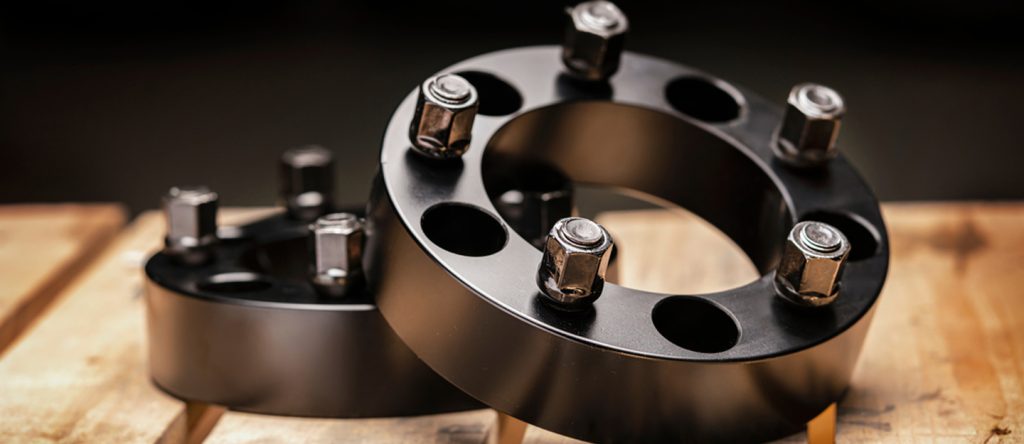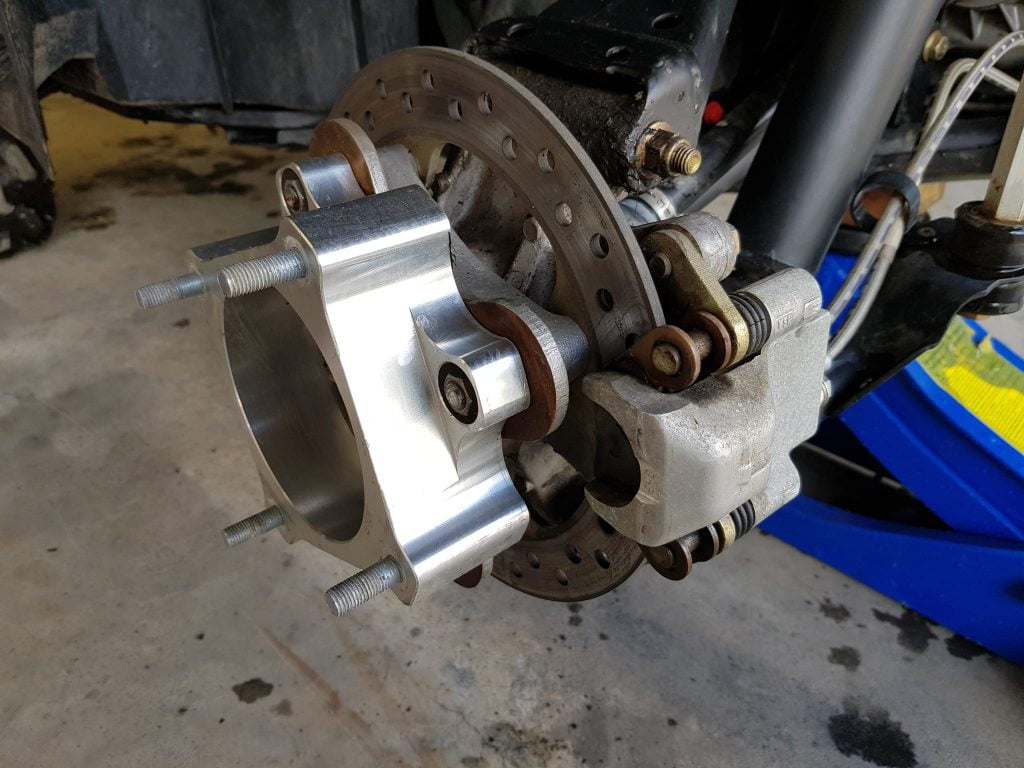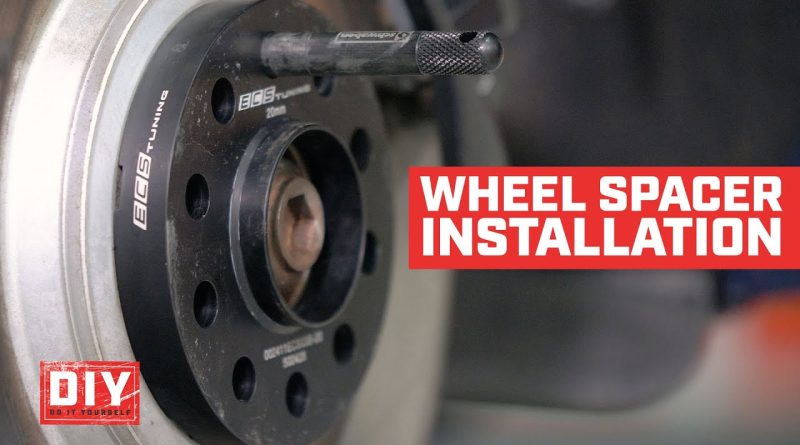DIY Wheel Spacer Installation: Tips and Tricks for a Smooth Ride
Installing wheel spacers on your vehicle can provide a range of benefits that enhance both the performance and appearance of your car. One of the main advantages of wheel spacers is improved handling and stability. By pushing the wheels further out from the hub, wheel spacers increase the track width of your vehicle. This wider stance improves stability during cornering and reduces body roll, resulting in a more controlled and confident driving experience.
In addition to improved handling, wheel spacers also offer an enhanced appearance. By pushing the wheels outwards, they create a more aggressive and sporty look. This can give your vehicle a more customized and unique appearance, making it stand out from the crowd.
Another benefit of installing wheel spacers is the ability to use larger tires. With the increased clearance provided by wheel spacers, you can fit larger tires on your vehicle without worrying about rubbing against the fenders or other components. This not only improves the overall look of your car but also enhances traction and off-road capabilities.
Lastly, wheel spacers can provide increased clearance for brake calipers. If you have upgraded your brake system or are using aftermarket wheels with larger calipers, wheel spacers can create the necessary space to ensure proper clearance. This prevents any interference between the calipers and the wheels, ensuring optimal braking performance.
Understanding Wheel Spacers: Types, Sizes, and Materials
When it comes to wheel spacers, there are a few key factors to consider: hub-centric vs. lug-centric, thickness and size options, and materials.
Hub-centric wheel spacers are designed to fit snugly onto the hub of your vehicle, ensuring proper alignment and reducing vibrations. Lug-centric wheel spacers, on the other hand, rely solely on the lug nuts to center the spacer on the hub. While both types can be effective, hub-centric spacers are generally considered to be more stable and provide a better fit.
Wheel spacers come in various thicknesses and sizes to accommodate different vehicles and preferences. The thickness of the spacer determines how far the wheels will be pushed out from the hub. It is important to choose the right size spacer to ensure proper fitment and avoid any clearance issues.
In terms of materials, wheel spacers are commonly made from either aluminum or steel. Aluminum spacers are lightweight, corrosion-resistant, and offer good strength. They are a popular choice for most applications. Steel spacers, on the other hand, are heavier but provide excellent durability and strength. They are often used in heavy-duty or off-road applications where added strength is required.
Tools and Materials Needed for DIY Wheel Spacer Installation

Before you begin installing wheel spacers on your vehicle, it is important to gather all the necessary tools and materials. Here are some of the items you will need:
- Jack and jack stands: These are essential for safely lifting and supporting your vehicle while you work on the wheels.
- Lug wrench: A lug wrench is needed to loosen and tighten the lug nuts on your wheels.
- Torque wrench: A torque wrench is necessary to ensure that the lug nuts are tightened to the correct specifications. This helps prevent over-tightening, which can lead to damage or failure.
- Thread locker: Thread locker is a type of adhesive that helps prevent the lug nuts from loosening over time. It is recommended to use thread locker when installing wheel spacers to ensure a secure fit.
- Wheel cleaner: Before installing the wheel spacers, it is important to thoroughly clean the wheels and hub to remove any dirt or debris that could interfere with proper installation.
Step-by-Step Guide to Installing Wheel Spacers on Your Vehicle
Now that you have gathered all the necessary tools and materials, let’s walk through the step-by-step process of installing wheel spacers on your vehicle:
- Preparing the vehicle: Start by parking your vehicle on a level surface and engaging the parking brake. If you have a manual transmission, put the vehicle in gear or park. If you have an automatic transmission, put the vehicle in park.
- Removing the wheels: Use the lug wrench to loosen the lug nuts on each wheel, but do not remove them completely. Once the lug nuts are loose, use the jack to lift the vehicle off the ground and place jack stands under the appropriate points for support. Carefully lower the vehicle onto the jack stands and remove the lug nuts and wheels.
- Installing the wheel spacers: Take one wheel spacer and align it with the hub of your vehicle. Make sure it sits flush against the hub and does not wobble. Once aligned, insert the lug nuts through the spacer and hand-tighten them. Repeat this process for each wheel spacer.
- Reinstalling the wheels: With the wheel spacers in place, carefully lift each wheel onto the hub and align it with the lug nuts. Once aligned, hand-tighten the lug nuts until they are snug.
- Torquing the lug nuts: Use a torque wrench to tighten the lug nuts to the manufacturer’s recommended torque specifications. This ensures that they are tightened to the correct level and prevents over-tightening or under-tightening.
Precautions and Safety Measures to Consider Before Installing Wheel Spacers
Before installing wheel spacers on your vehicle, there are a few precautions and safety measures you should consider:
- Ensuring proper fitment: It is important to choose wheel spacers that are specifically designed for your make and model of vehicle. Using incorrect or incompatible spacers can lead to improper fitment, which can cause handling issues or damage to your vehicle.
- Checking for clearance issues: Before installing wheel spacers, it is important to check for any potential clearance issues. Ensure that there is enough space between the wheels and other components, such as the fenders or suspension, to prevent rubbing or interference.
- Avoiding over-torquing the lug nuts: When tightening the lug nuts, it is important to follow the manufacturer’s recommended torque specifications. Over-tightening the lug nuts can lead to damage or failure, while under-tightening can result in loose wheels and potential accidents.
Common Mistakes to Avoid When Installing Wheel Spacers
While installing wheel spacers can be a relatively straightforward process, there are a few common mistakes that you should avoid:
- Using incorrect torque specifications: It is crucial to use the manufacturer’s recommended torque specifications when tightening the lug nuts. Using too much or too little torque can lead to damage or failure.
- Failing to properly clean the wheels and hub: Before installing wheel spacers, it is important to thoroughly clean the wheels and hub to remove any dirt or debris. Failing to do so can interfere with proper installation and potentially cause issues down the line.
- Not using thread locker: Thread locker is an adhesive that helps prevent the lug nuts from loosening over time. It is recommended to use thread locker when installing wheel spacers to ensure a secure fit. Failing to use thread locker can result in loose lug nuts and potential accidents.
Tips for Choosing the Right Wheel Spacers for Your Vehicle
When choosing wheel spacers for your vehicle, here are a few tips to keep in mind:
- Consulting with a professional: If you are unsure about which wheel spacers are right for your vehicle, it is always a good idea to consult with a professional. They can provide expert advice and help you choose the right spacers for your specific needs.
- Considering the intended use of the vehicle: The intended use of your vehicle should also be taken into consideration when choosing wheel spacers. If you plan on off-roading or have a heavy-duty application, you may need thicker or stronger spacers to handle the added stress.
- Checking for compatibility with aftermarket wheels: If you have aftermarket wheels on your vehicle, it is important to ensure that the wheel spacers are compatible. Some aftermarket wheels may require specific types or sizes of spacers to fit properly.
How to Maintain Your Wheel Spacers for Optimal Performance and Longevity

To ensure optimal performance and longevity of your wheel spacers, it is important to follow these maintenance tips:
- Regular cleaning and inspection: Clean your wheel spacers regularly to remove any dirt or debris that can accumulate over time. Inspect them for any signs of damage or wear, such as cracks or corrosion.
- Re-torquing the lug nuts periodically: Over time, the lug nuts on your wheel spacers may loosen due to vibrations and normal wear and tear. It is important to periodically re-torque the lug nuts to ensure they are tightened to the correct specifications.
- Replacing worn or damaged spacers: If you notice any signs of damage or wear on your wheel spacers, it is important to replace them immediately. Worn or damaged spacers can compromise the safety and performance of your vehicle.
Troubleshooting Common Issues with Wheel Spacers
If you experience any issues with your wheel spacers, here are some common problems and their potential solutions:
- Vibration or shaking: If you notice excessive vibration or shaking after installing wheel spacers, it could be a sign of improper installation or an incompatible spacer. Double-check the fitment and make sure the spacer is aligned correctly.
- Wheel wobble: A wobbling wheel can indicate an unbalanced spacer or a loose lug nut. Check the balance of the spacer and ensure that all lug nuts are tightened to the correct specifications.
- Uneven tire wear: Uneven tire wear can be caused by a variety of factors, including improper alignment or suspension issues. If you notice uneven tire wear after installing wheel spacers, it is recommended to have your vehicle inspected by a professional to identify and address the underlying issue.
Conclusion: Enjoy a Smooth and Stylish Ride with DIY Wheel Spacer Installation
In conclusion, installing wheel spacers on your vehicle can provide a range of benefits, including improved handling and stability, enhanced appearance, the ability to use larger tires, and increased clearance for brake calipers. By following the step-by-step guide and taking the necessary precautions, you can safely and effectively install wheel spacers on your own.
Remember to choose the right type, size, and material of wheel spacers for your vehicle, consult with a professional if needed, and properly maintain them for optimal performance and longevity. With wheel spacers installed, you can enjoy a smoother and more stylish ride that reflects your personal taste and preferences. So why not give it a try and experience the benefits of wheel spacers for yourself?
